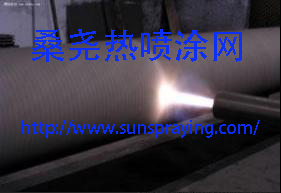During the last few decades, metallic glasses have attracted much attention because of their unique combinations of mechanical, physical and chemical properties. However, high cooling rates are generally required for the formation of amorphous phase from the liquid state, resulting in small thickness or diameter sections in the form of powders, ribbons or wires, which greatly restricts their applicability as prospective structural materials. In the nineties, bulk metallic glasses (BMGs) with high glass forming ability and wide supercooled liquid region before crystallization have been developed in a number of alloy systems, which required critical cooling rate of 1–100 Ks−1 for glass formation with large dimensions ranging from millimeters to centimeters. Nevertheless, these BMGs usually exhibit no plastic deformation after yielding and no work hardening during room temperature deformation due to the formation of highly localized shear bands, which significantly limits the range of possible applications as engineering and structural material. To alleviate this case, focusing on their unusual attributes of wear and corrosion resistance, these materials will be more attractive as coatings to withstand aggressive environments.

本文由桑尧热喷涂网收集整理。本站文章未经允许不得转载;如欲转载请注明出处,北京桑尧科技开发有限公司网址:http://www.sunspraying.com/
|

